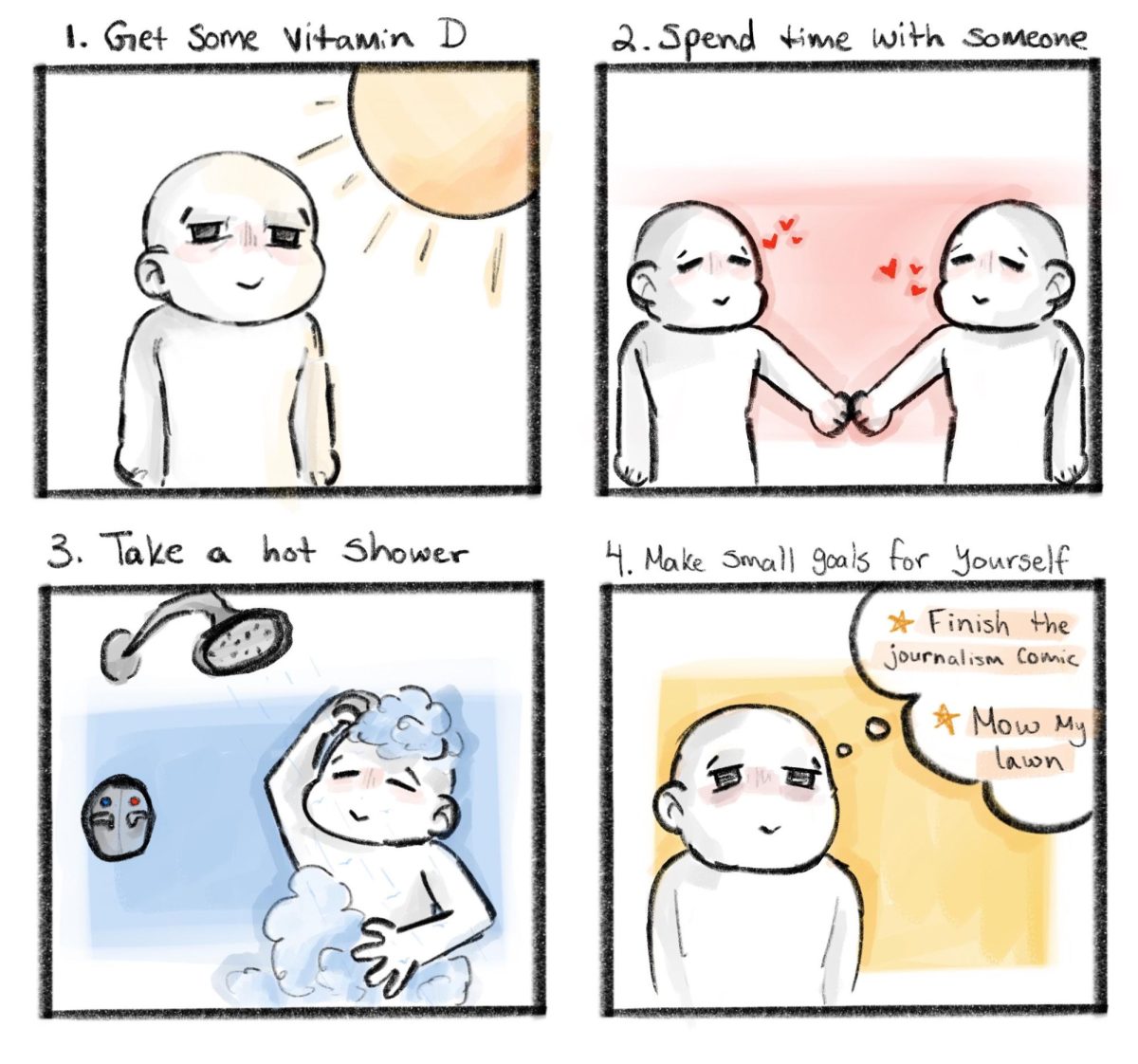Since 1983, April has been recognized as National Child Abuse Prevention Month, serving as a way for people to be aware of child abuse and come together to prevent it. This is important as it can be an opportunity to recognize the signs of child abuse and find resources to provide support. Looking back on April, how has this month impacted the awareness and prevention of child abuse, and how can we continue to fight against it in the future?
According to the National Children’s Alliance, over 600,000 children are victims of abuse in the United States annually, which is about 1 in 7. Child abuse is a major problem across the United States, and even here in Colorado. In 2023, there were around 117,760 reports made to the Colorado Child Abuse and Neglect Hotline, according to CO4Kids.
The Center for Disease Control explains that there are four main types of abuse: physical abuse, sexual abuse, emotional abuse, and neglect. These can all be incredibly harmful to a child’s well-being.
School counselor Zachary Thomas helped to explain some of the primary causes of child abuse. Thomas said “From my experience working with youth with trauma, the biggest underlying factor is called socio-economic status [SES], and a lack of connection. Those who have less [money, housing, food, etc] are more often in situations that lead to trauma compared to those who have more access. Those in lower SES communities tend to experience higher rates of discrimination, higher chance of being a victim to a crime, incarceration, substance abuse, neglect due to not being able to afford food, and insecure housing. All of these can cause trauma for youth or lead to situations where more trauma can take place.”
Even though there are many situations that can make child abuse more likely, that doesn’t excuse people’s actions. Furthermore, child abuse can affect a person throughout their life, even after getting out of the abusive situation. Experiencing abuse or neglect can cause a person to have lifelong trauma and affect them in multiple ways.
“It’s important to know that we are still learning about the impact and effects of trauma. We have learned that it alters our DNA and there is a strong correlation between parents with trauma disorders and their children developing mental conditions such as anxiety, depression, and even ADHD,” said Thomas.
While unfortunately, we can’t completely eliminate child abuse or poverty, there are steps we can take to help those who need it.
Thomas said “When people are exposed to dangers and life-altering events, it can create a sense of insecurity and vulnerability. Strong connections with supportive and positively influencing friends, family, mentors, and community members can help mitigate the impact of those traumatic events. So when we are in these situations which most youth do not have control over by building connections with one another, not just peers, the sense of safety increases, vulnerability decreases, and hope is able to flourish.”
Another thing that can help those who have gone through traumatic experiences is getting treatment. For example, Thomas, who regularly helps many students here at Delta High School, said “There are a lot of ways to treat trauma. I personally got certified in Eye Movement Desensitization and Reprocessing [EMDR] and Trauma Focused Cognitive Behavioral Therapy [TF-CBT]. Other interventions include DBT interventions, neurofeedback, ACT, and more. We know that when teens engage in therapy 80% report a reduction in symptoms and improvement in their life.”
If you suspect child abuse occurring, you can call Colorado’s 24 hour child abuse hotline at 1-844-CO-4-KIDS, or call 911 if there is a life-threatening situation. Thomas also said “The general rule is that if you suspect or know that abuse and neglect is happening it is best to report it to Human Services at (970)-874-2030. A report can be made anonymously which can protect a relationship, such as a peer calling Human Services because of the situation their friend is in.”
Childhood abuse can have a long-lasting impact on a person’s life. Even after National Child Abuse Prevention Month is over, it’s important to be aware of the signs, recognize when abuse is happening, and take steps to prevent it.
